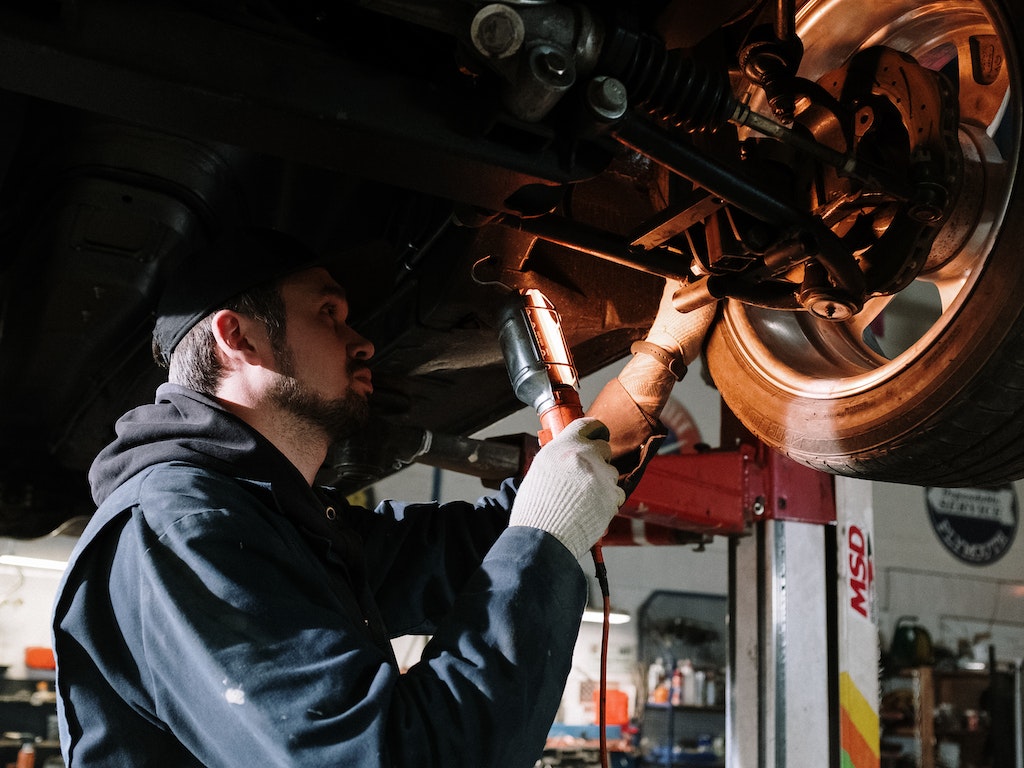
Your vehicle’s tires play a critical role in ensuring your safety. Over time, they wear out and must be replaced to maintain optimal performance. Recognizing the signs of tire wear ensures safety and efficiency on the road. In this article, we’ll discuss six signs that indicate it’s time to replace your tires, allowing you to drive confidently and with peace of mind.
Uneven Tire Wear
Uneven wear patterns on your tires indicate that they need replacement. Various factors, such as improper wheel alignment, suspension issues, or tire imbalance, can cause uneven tire wear. Inspect your tires regularly for signs of excessive wear on specific areas, including the edges or center. Uneven tread wear affects traction and handling, compromising your vehicle’s safety.
Frequent Air Pressure Problems
Tires that constantly lose air pressure or require frequent re-inflation may have structural issues or punctures. Proper inflation ensures optimum tire performance and fuel efficiency. If your tires can’t maintain the recommended air pressure, it’s time to replace them.
Noise when Driving
Do you hear excessive noises from your tires while driving? It could be a sign of potential tire wear or damage. If you notice a constant humming, whining, or thumping sound, it may indicate uneven tread wear or tire cupping. Cupping refers to the formation of dips or scalloped patterns on the tire surface. Such noises are also caused when the tires’ additional surface area touches the road, especially when the tread is completely depleted.
Old Tires
Even if the tread depth appears sufficient, tires deteriorate over time. Rubber compounds break down, reducing their performance and compromising safety. Tires over six years old should be replaced regardless of tread wear. You might need to replace your tires more frequently if you drive at high speeds. Check the manufacturing date on the sidewall to determine the age of your tires.
Vibrations
Vibrations can affect your vehicle’s stability and handling, increasing the risk of accidents. Experiencing excessive vibrations while driving, especially at higher speeds, may indicate tire problems. It could be due to an out-of-balance tire or a tire with a flat spot. If you consistently feel vibrations through the steering wheel or the vehicle, inspecting and replacing your tires is advisable.
Tire Cracks
Inspect your tires regularly for cracks, bulges, or bubbles on the sidewalls. These are signs of damage and weaken the tire’s structural integrity. Cracks can develop due to age, exposure to harsh weather conditions, or impact damage. Bulges or bubbles indicate internal damage or a weak spot in the tire, increasing the risk of a blowout. Replace any tires showing these signs immediately.





